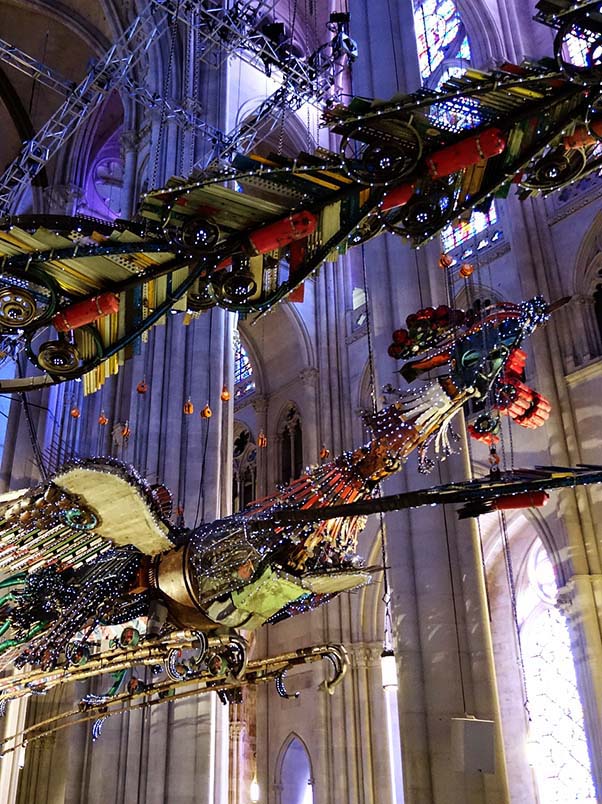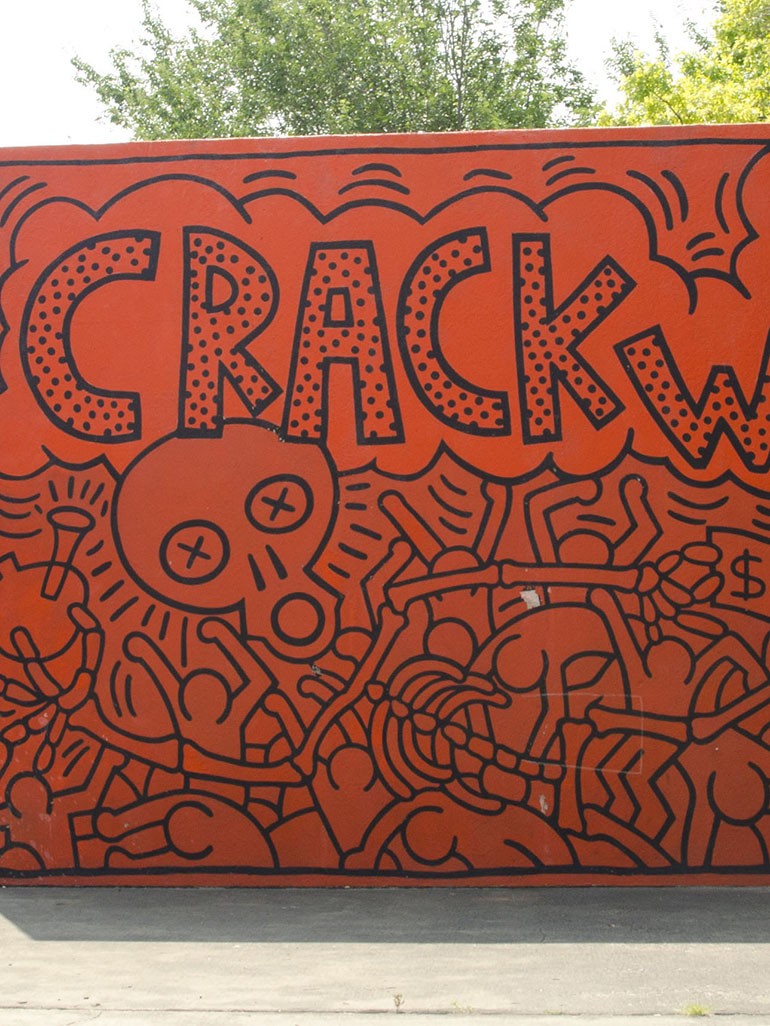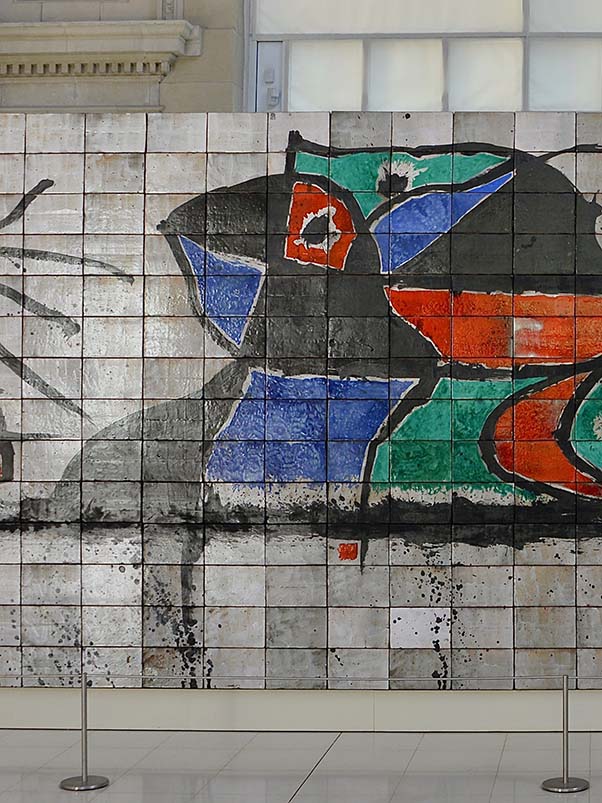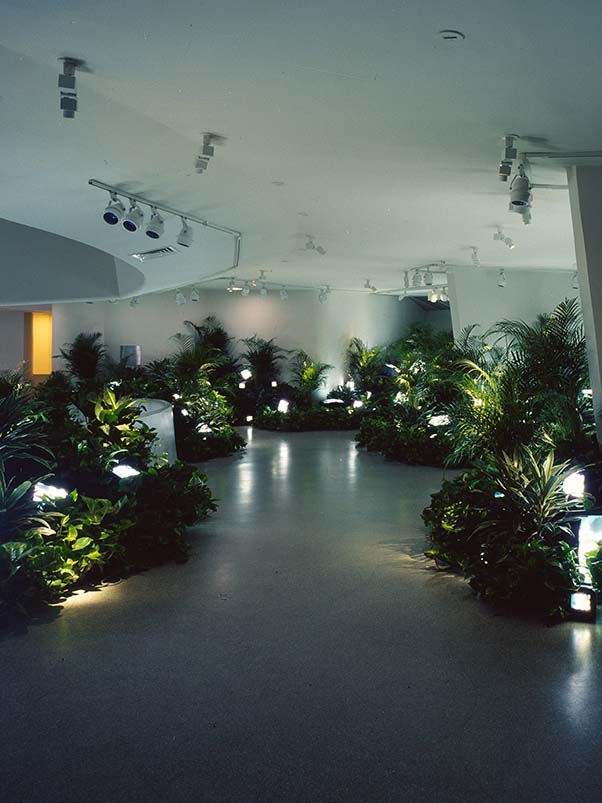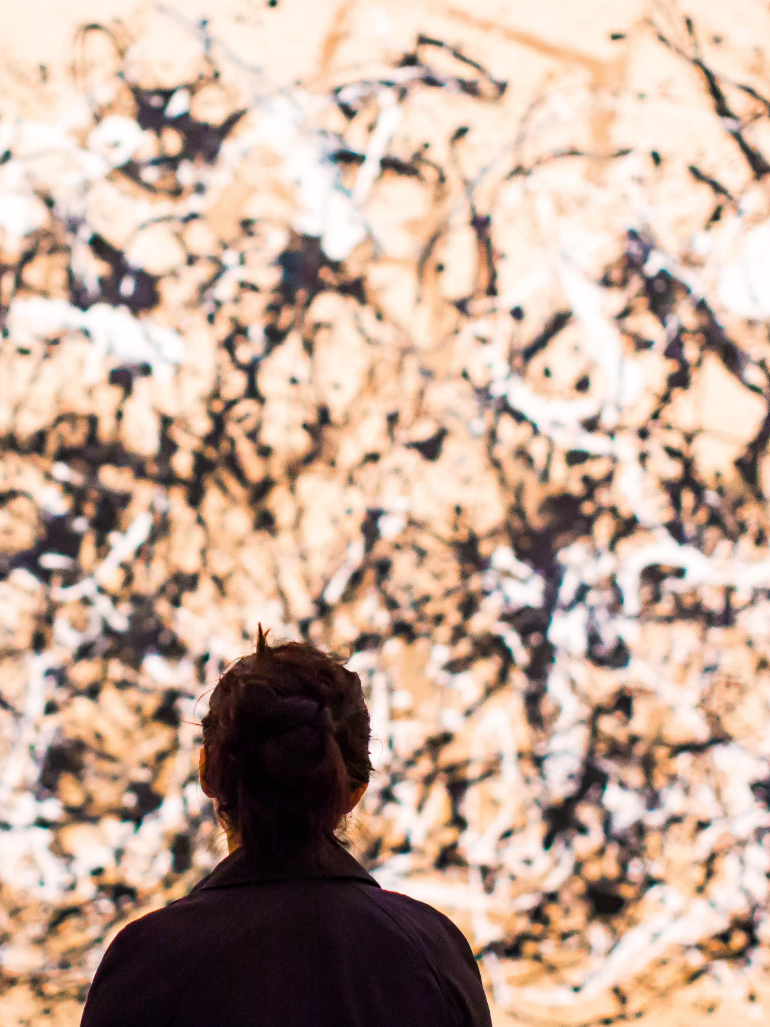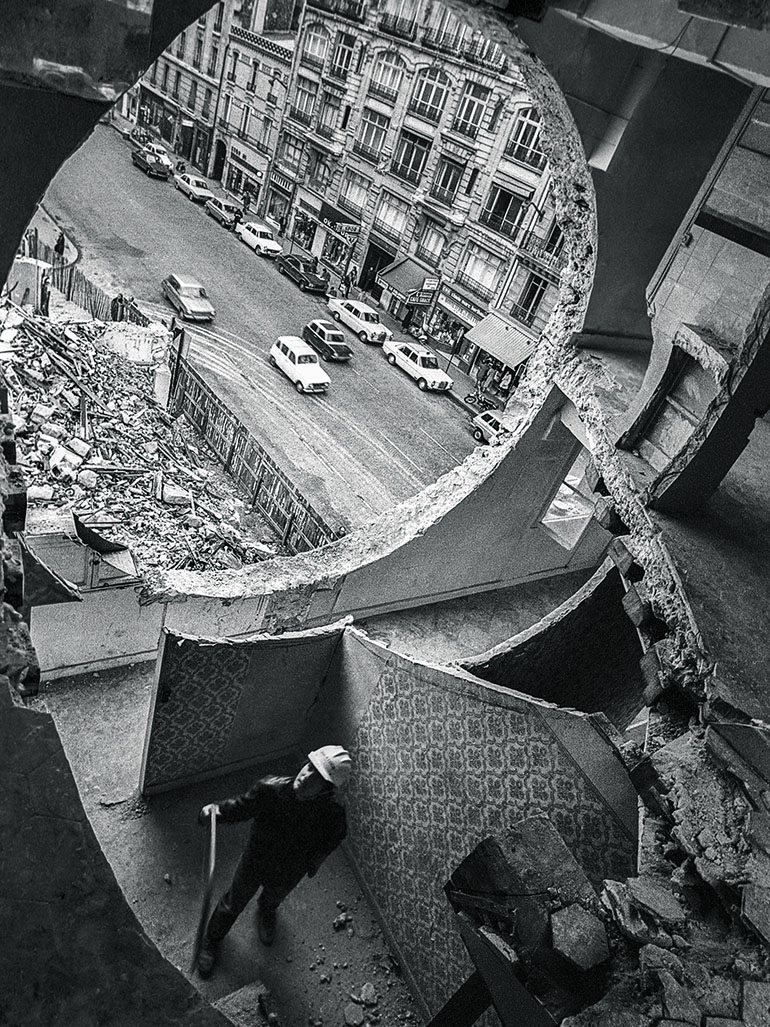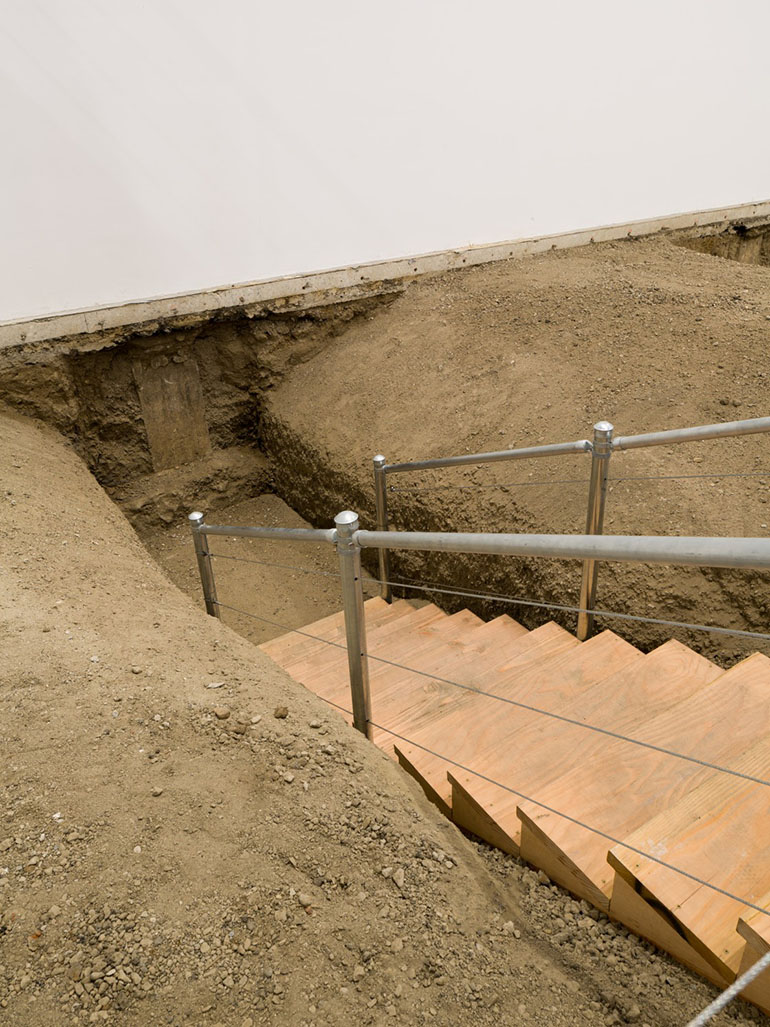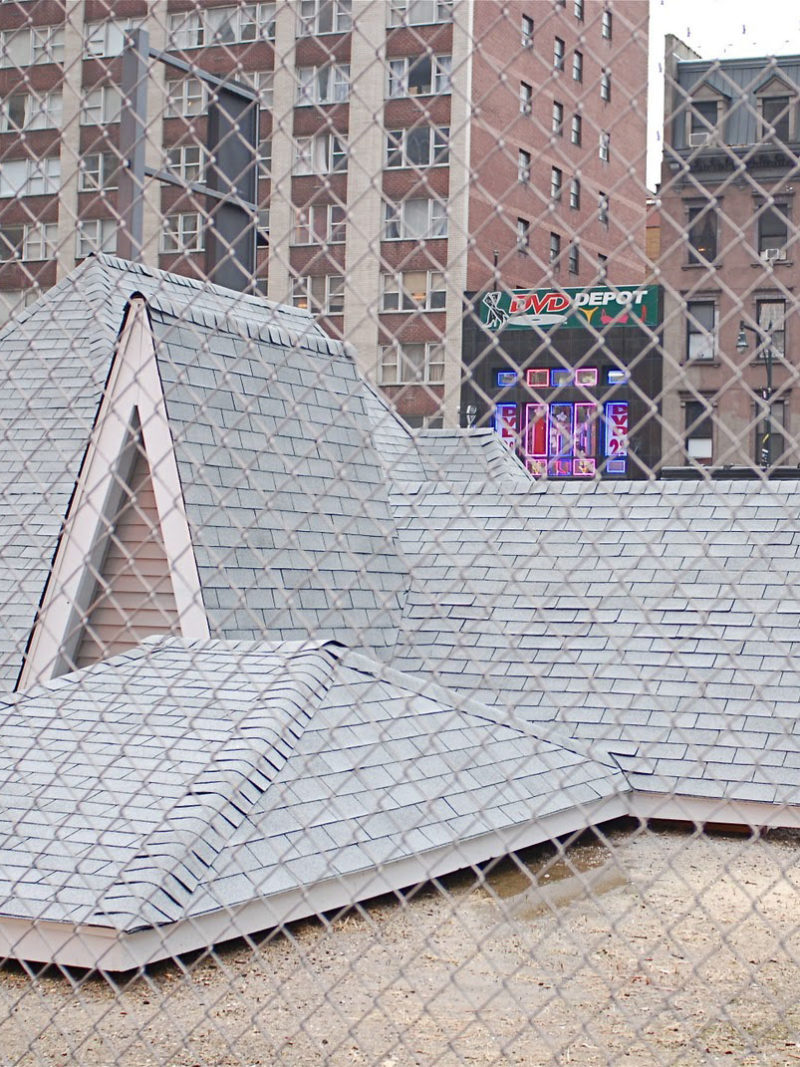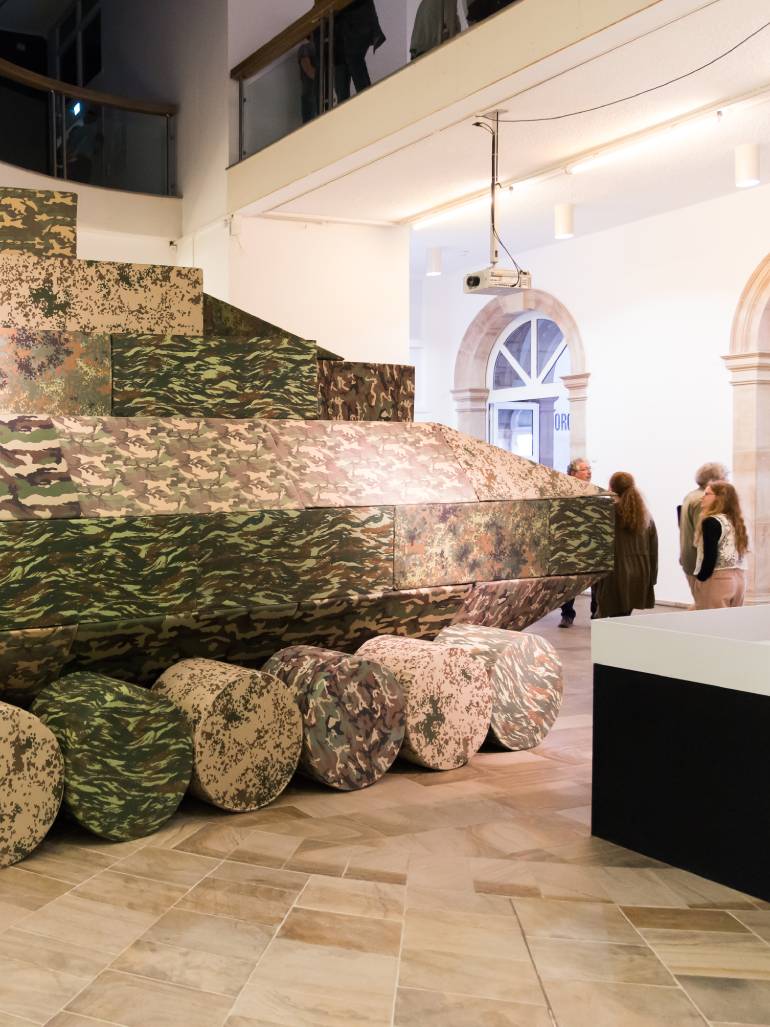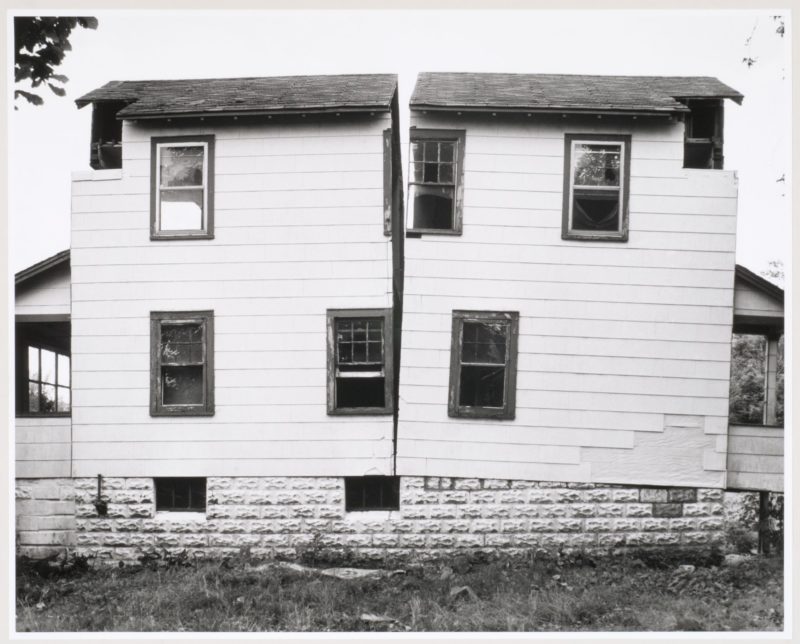
Who was Gordon Matta-Clark?
Gordon Matta-Clark was a well-known artist who was primarily active in New York in the 1970s before his death at the age of 35. Even though he went to school to study architecture, he has never professionally practiced this career.
Matta-Clark was one of the most persuasive American artists that set the pace for other contemporary artists. His work has continued to stir debates, both influencing visual art and architecture.
Most of his works revolve around cutting holes in abandoned buildings or unused buildings. Some of his important pieces include Day’s End (1975), Splitting (1974) and the Conical intersect (1975).
Splitting, 1974
Matta-Clark had a particular interest in voids, gaps, and especially abandoned space. In the case of Splitting, he and helpers intentionally split a house, idle, and marked for demolition, in two parts. A vertical slice now separated an old frame house in New Jersey, owned by New York art dealer Holly Solomon. A film was produced, showing Matta and his friends struggling to create a split through the center of the building.
The team jacked up the construction and belled the cinder block supporting it, with one part lowered back down. The bisect produced an ephemeral display of light inside the interior of the house, creating a kind of sundial on an outstanding scale.
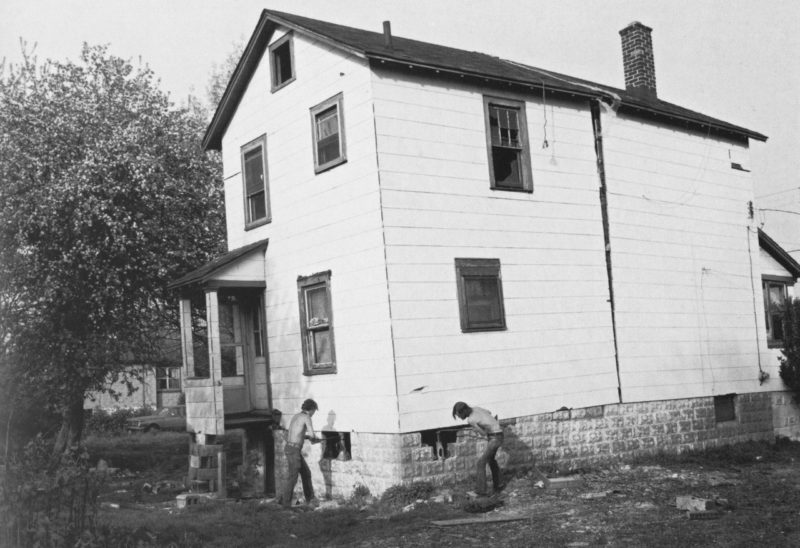
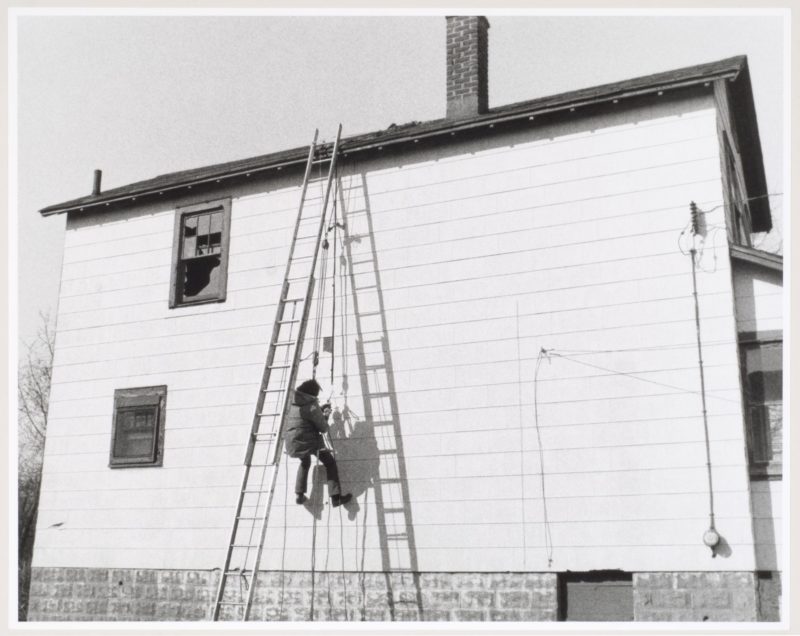
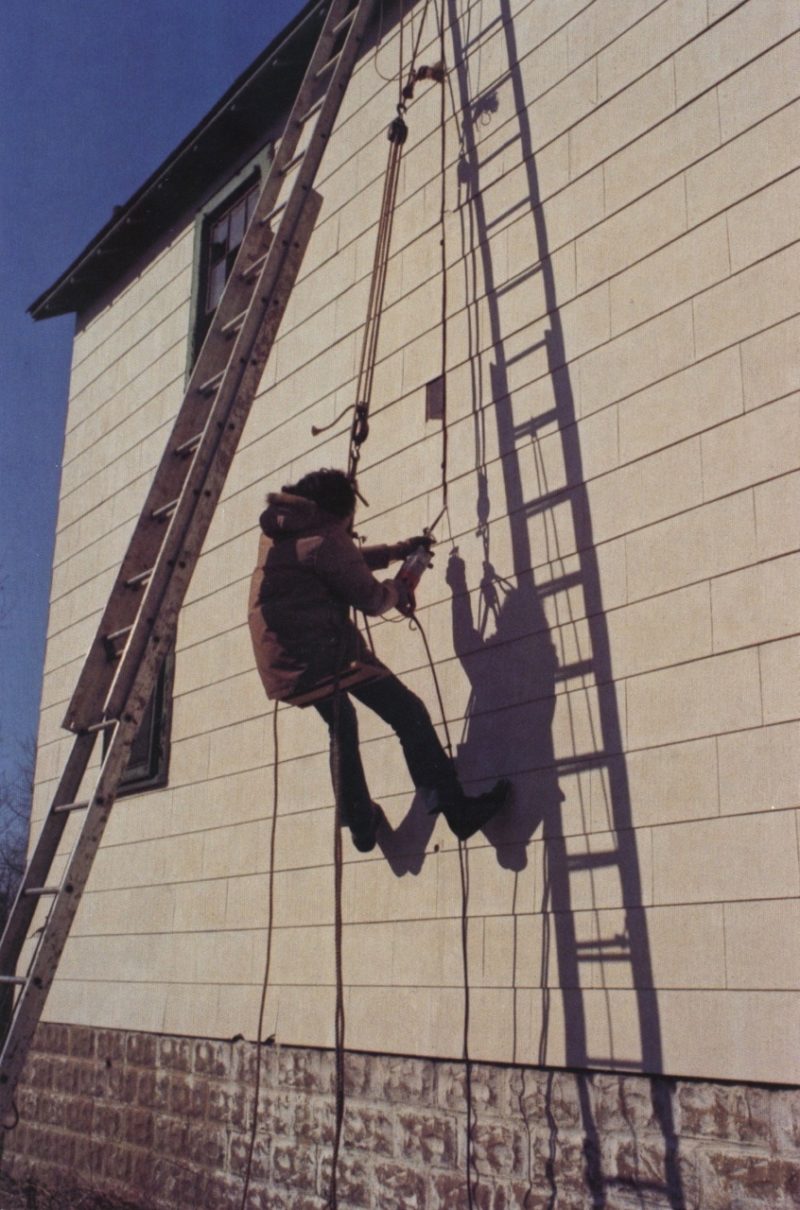
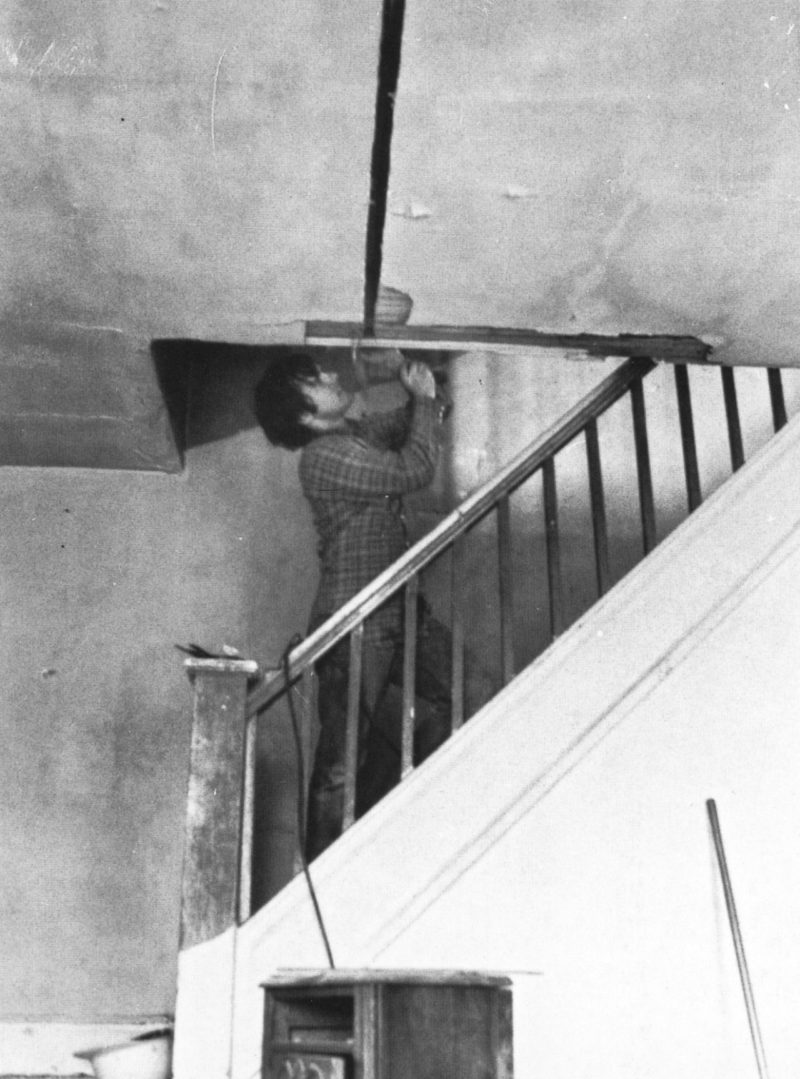
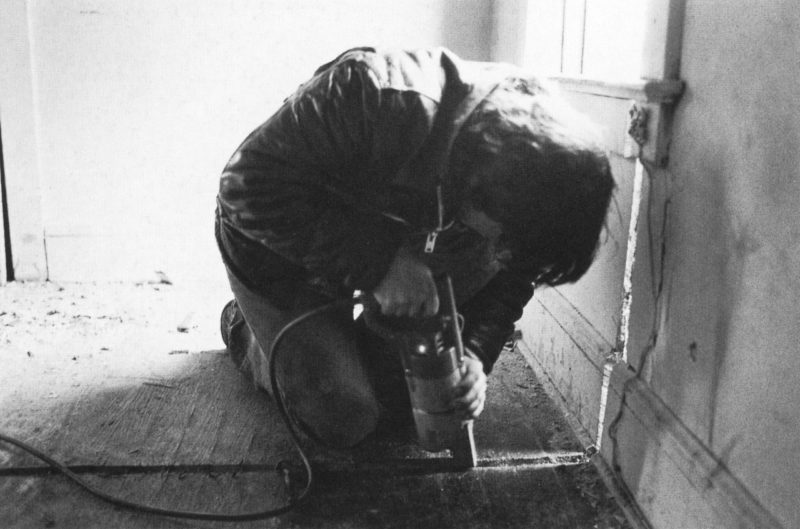
The House
The house doesn’t stand today to serve as evidence, but films and photos show it all. In 1974, authorities had ordered the families residing in this house, situated in a mostly black neighborhood, to vacate. Destroying it was part of an urban renewal project. The family had to leave the building in a hurry, leaving it pilled with some personal belongings. This gave the house a feeling of an inhabited space.
The choice of the building was inspired by Matta-Clark’s search for expressions of everyday life. He called these types of building non.u.mental. He understood architecture as a reflection of dominant social structures.
These areas also attracted the artist because they offered an excellent environment to practice his career. He didn’t worry whether this work would be buried by the surrounding desolation but tried to transform how people looked at art.
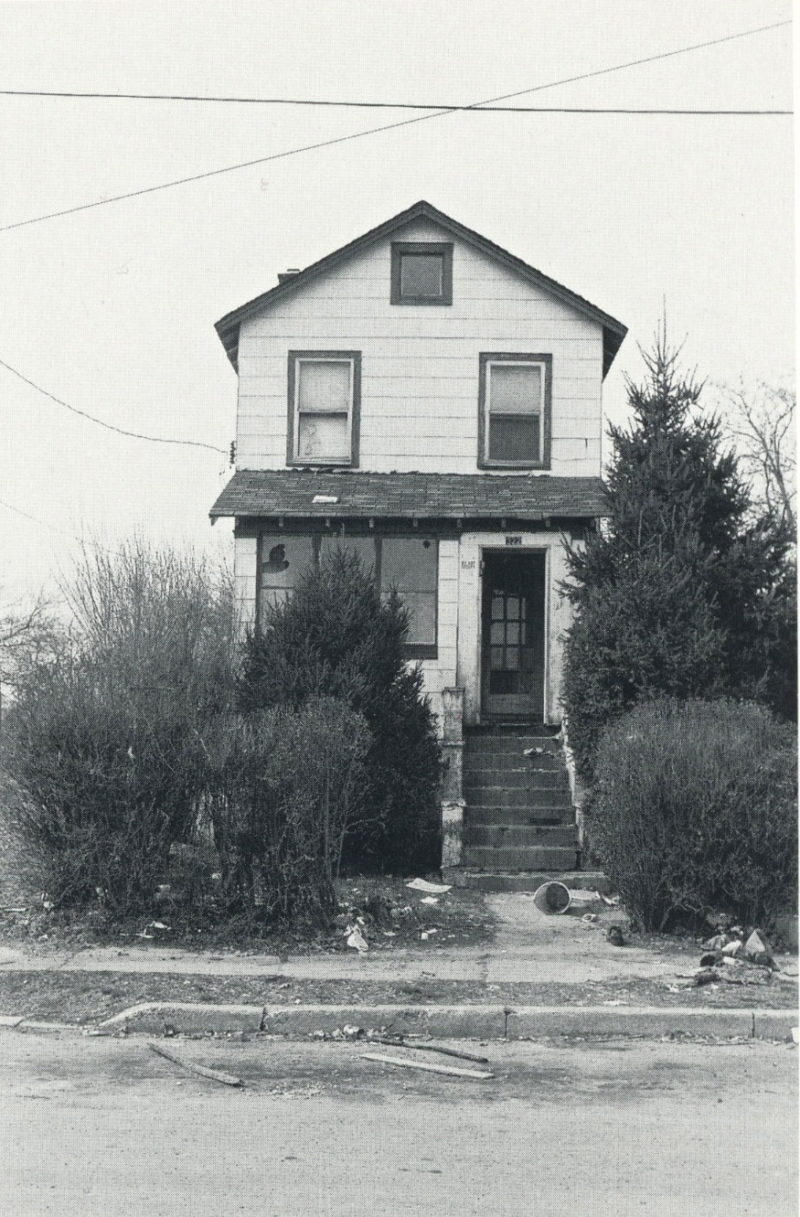
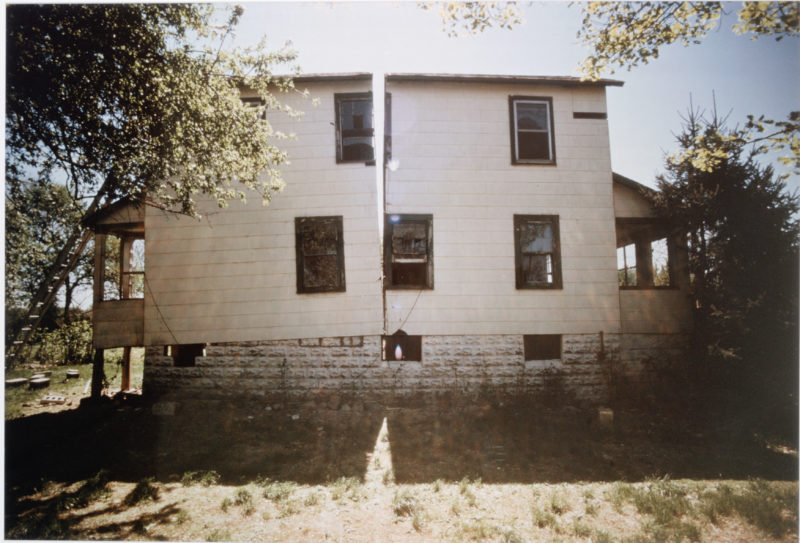
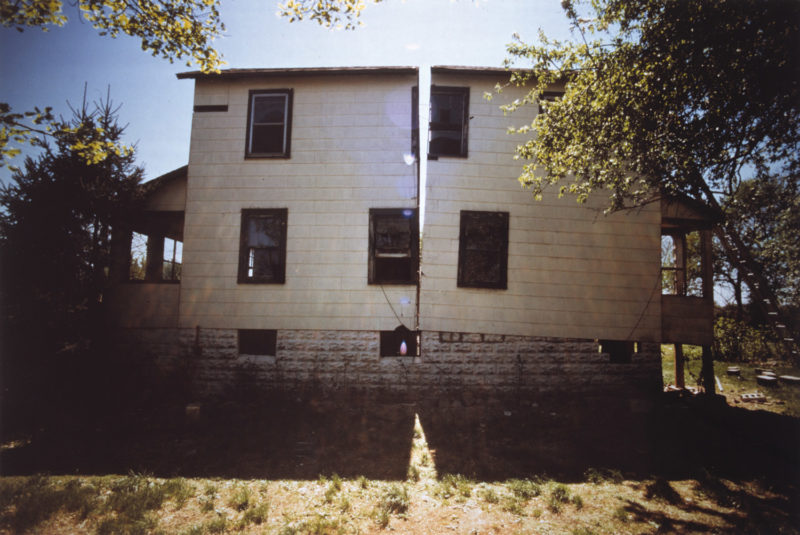
Video: Splitting documentary
11 min 2 sec
Risk & Presentation
Risk & Presentation
The project was hazardous. Splitting a building into two is against the rules of gravity and the architectural rules. However, the artist designed this work to be contemplated from within. Several months after completing the work, the artist invited select members of the art community to witness the project in person.
Solomon and Matta-Clark decided to open some space for art and presentation. They wanted to show the public commitment and their statement about the need for art to transform in a social-political context. Several papers then complained and criticized the work. Most of them stated that Matta-Clark had intentionally violated the sanctity and dignity of such buildings.
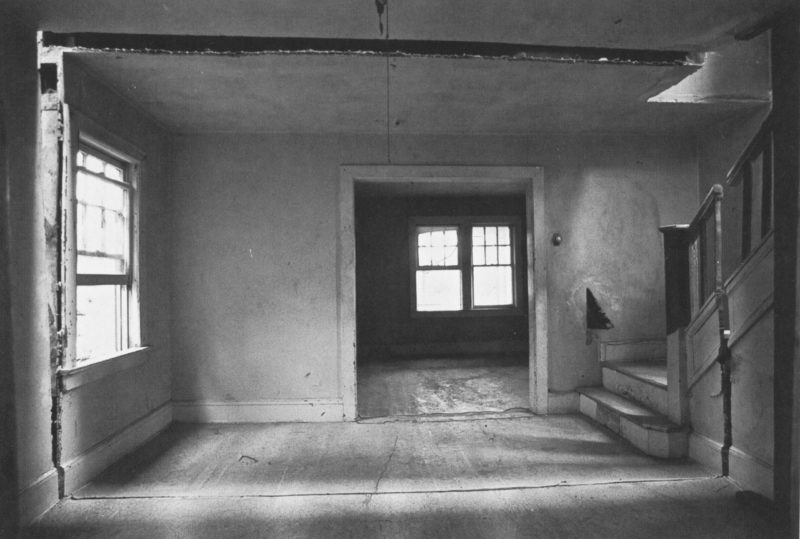
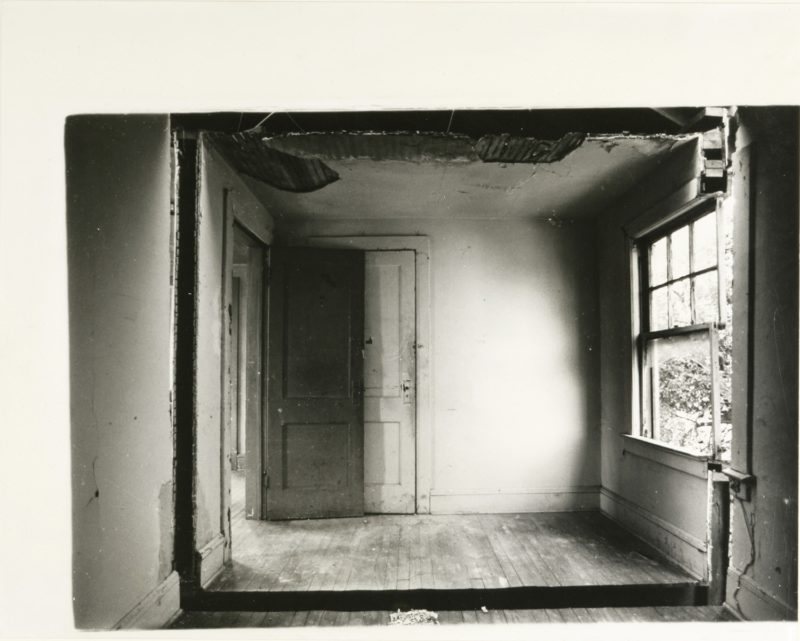
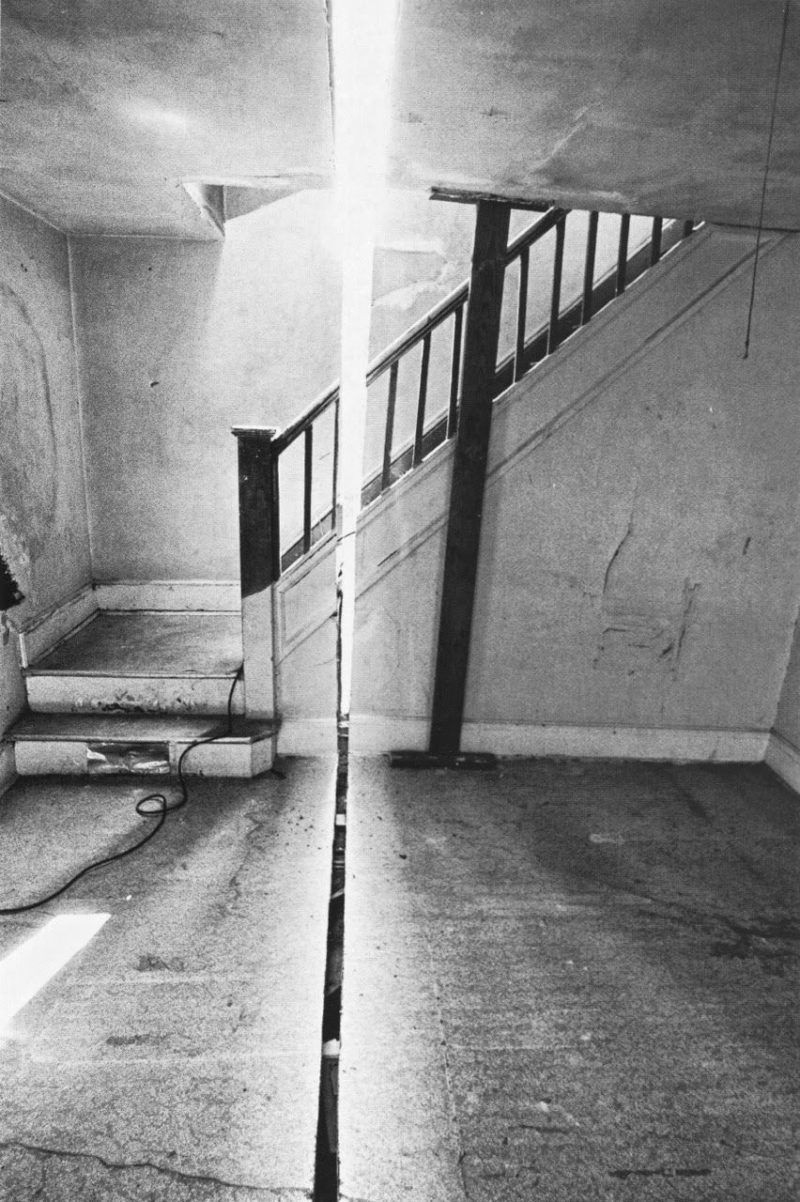
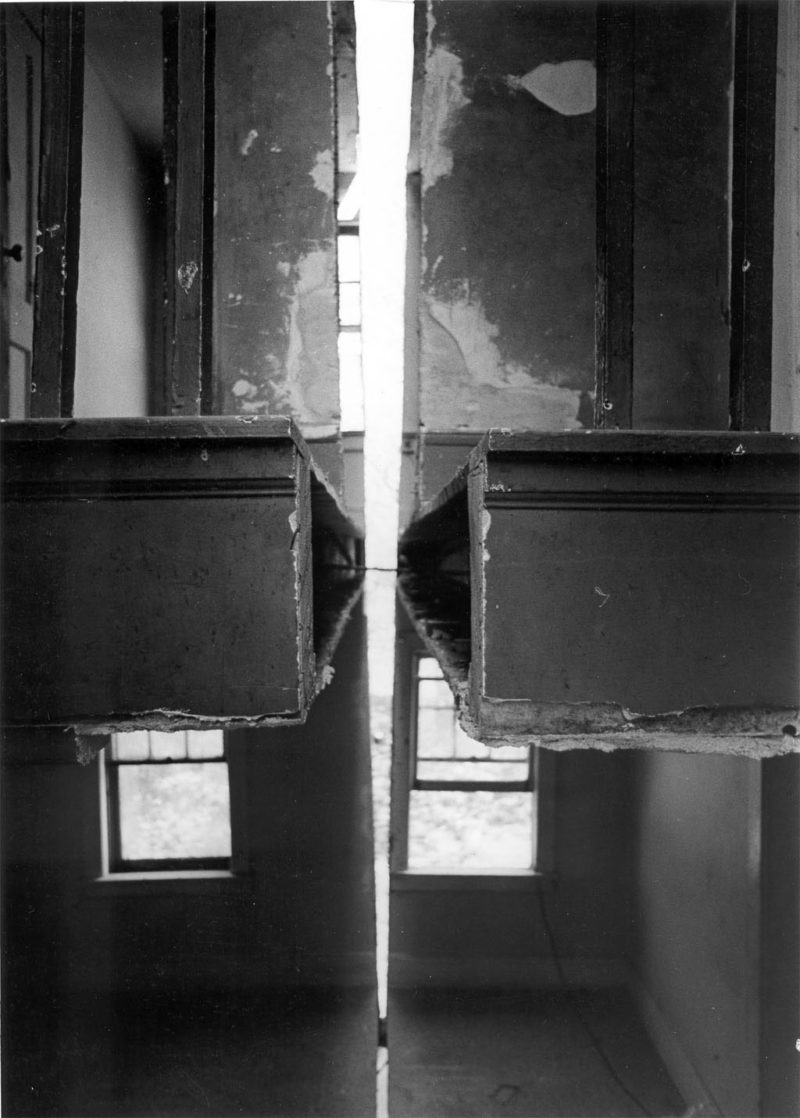
Former location
322 Humphrey Street, Englewood, New Jersey
Video: Field trip to Splitting
33 min
Analysis
Analysis
Matta-Clark was a daredevil. The film shows his guts in climbing around the structure that is almost collapsing. In return, Splitting has been termed as one of the premier moments of a period in which revolutionary and other sculptures cohabits with theoretical art.
Matta-Clark understood the psychic power of buildings over human beings. He noted that his main aim in Splitting was to convert this building into a state of mind. He wanted to show a sense of responsibility and conservation to the public. By removing the cinderblock, Matta-Clark also removed the stability of this middle-class house.
Legacy
Matta-Clark died of cancer at a young age, but his work remains representative of what he stood for. Over his short career, he produced over 20 films, which show his architectural explorations and interventions. Most of his works have served as an influence to other contemporary artists, including Rachel Whiteread and Matthew Barney.
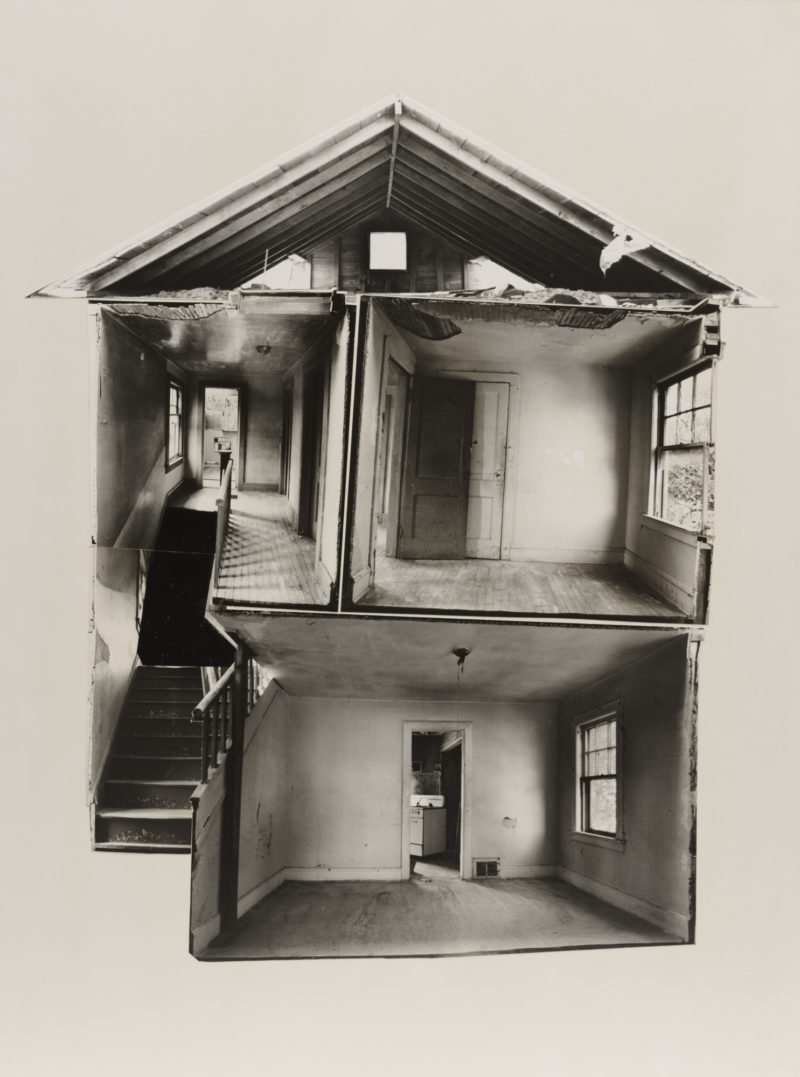
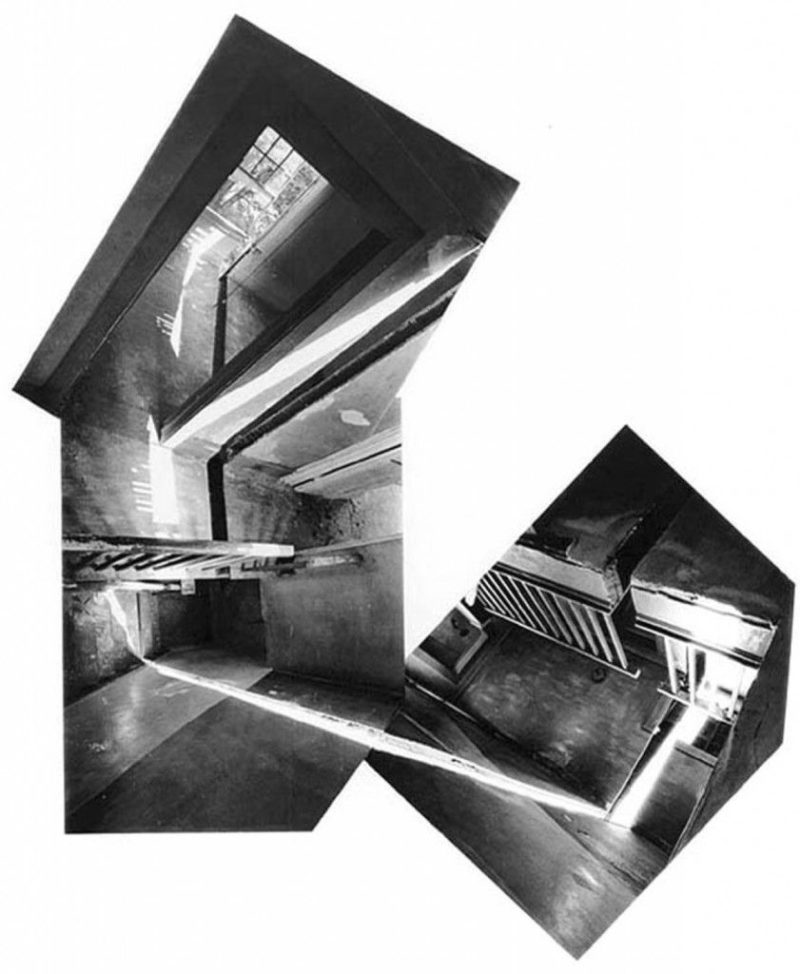
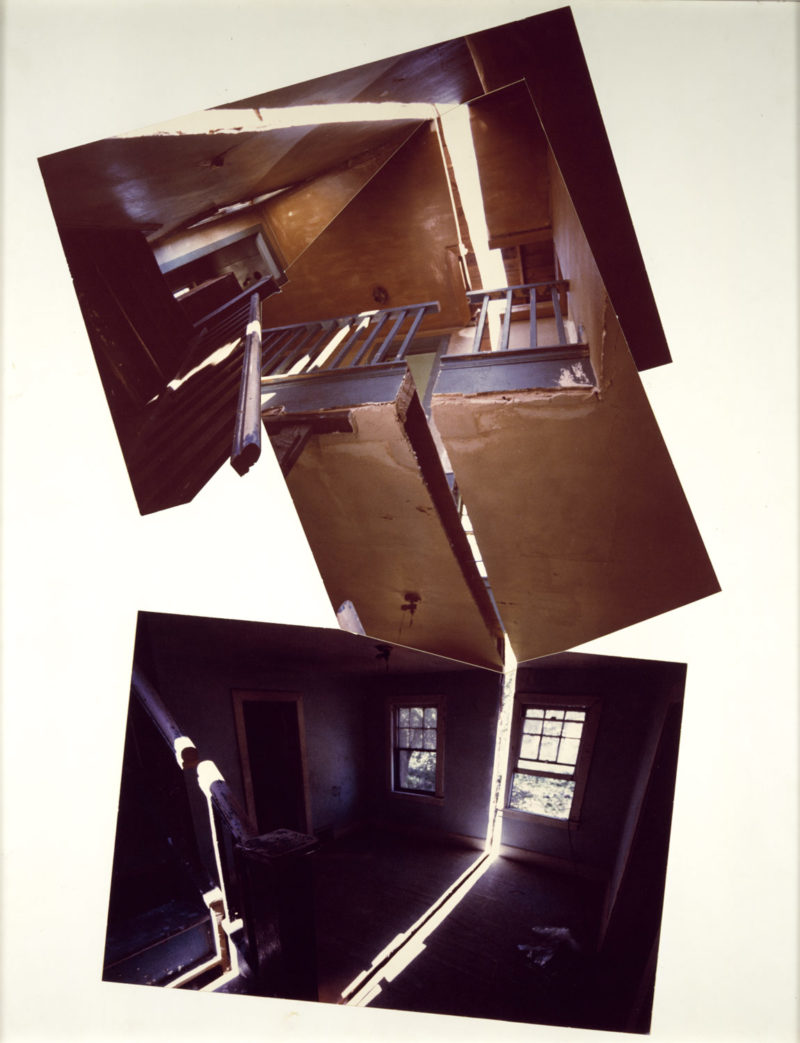
Explore nearby (322 Humphrey Street, Englewood, New Jersey)
 Xu Bing's Phoenix sculptureCathedral of St. John the Devine, New YorkExhibition ended (dismantled in 2014)9 km away
Xu Bing's Phoenix sculptureCathedral of St. John the Devine, New YorkExhibition ended (dismantled in 2014)9 km away Keith Haring's Crack is Wack mural128th St. & 2nd Ave., New York10 km away
Keith Haring's Crack is Wack mural128th St. & 2nd Ave., New York10 km away Joan Miró's largest artworksSolomon R. Guggenheim Museum, New York12 km away
Joan Miró's largest artworksSolomon R. Guggenheim Museum, New York12 km away Nam June Paik's TV gardenSolomon R. Guggenheim Museum, New YorkExhibition ended (dismantled)12 km away
Nam June Paik's TV gardenSolomon R. Guggenheim Museum, New YorkExhibition ended (dismantled)12 km away Jackson Pollock's Autumn Rhythm (Number 30)Metropolitan Museum of Art, New York12 km away
Jackson Pollock's Autumn Rhythm (Number 30)Metropolitan Museum of Art, New York12 km away


